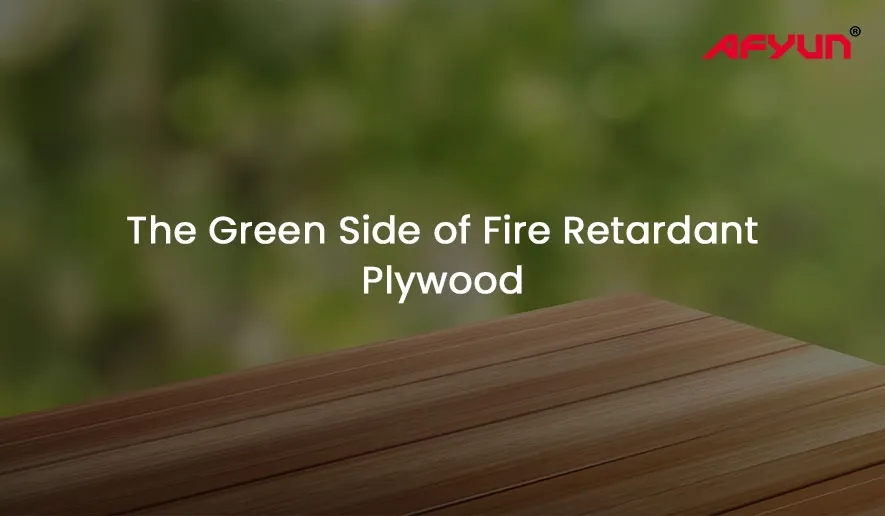Fire retardant plywood, often praised for its role in fire resistance, has a ‘green’ side that goes beyond its primary function.
In this blog, we’ll explore the environment-friendly aspects of fire retardant plywood, showcasing its contribution to sustainability in the construction industry.
1. Eco-Friendly Formulations
Fire retardant plywood stands out as an eco-friendly choice due to its formulations prioritizing safety and sustainability.
Manufacturers often utilize environmentally conscious additives to enhance the fire-resistant properties of the plywood.
These formulations contribute to protecting structures and minimizing the environmental impact, aligning with the growing demand for greener building materials.
2. Reduced Chemical Emissions
Plywood treated with fire retardant solutions typically emits lower levels of harmful chemicals.
This is crucial for creating healthier living and working environments, as reduced chemical emissions contribute to better indoor air quality.
By choosing fire-retardant plywood, architects and builders can contribute to structures that prioritize the well-being of their occupants.
3. Sustainable Forest Management
Responsible manufacturers source their wood from sustainably managed forests, ensuring that for every tree harvested, another is planted.
This commitment to sustainable forestry helps protect biodiversity, maintain ecosystem balance, and mitigate deforestation – crucial steps in preserving our planet’s lungs.
4. Longer Lifespan, Less Waste
Fire retardant plywood’s durability and resistance to decay contribute to a longer structure lifespan. This durability translates to less frequent replacements, reducing the amount of construction waste generated over time.
As a sustainable investment, fire retardant helps in highlighting resource efficiency and waste reduction in the construction industry.
For instance, Afyun Plywood has a life warranty of 35+ years.
5. Energy-Efficient Building
Fire retardant plywood’s insulating properties contribute to maintaining stable indoor temperatures, reducing the need for excessive heating or cooling.
By supporting energy efficiency, fire retardant plywood indirectly lowers carbon footprints associated with energy consumption, making it a green choice for construction projects.
6. Recyclability and Repurposing
At the end of a fire retardant plywood’s life cycle, the material can be recycled into other wood products or repurposed for various applications.
This helps reduce the demand for new raw materials and minimize landfill waste.
7. Compliance with Green Building Standards
Many fire retardant plywood products comply with green building standards and certifications. These standards, such as LEED (Leadership in Energy and Environmental Design) and CARB certification, emphasize sustainable and environmentally friendly building practices.
Afyun’s fire retardant plywood is CARB-certified and complies with green building standards.
Choosing fire retardant plywood that meets these standards ensures that your construction project aligns with recognized criteria for green building.
The Final Note
Fire retardant plywood reveals a ‘green’ side that extends beyond its primary fire prevention function.
As builders and architects continue to prioritize environmental responsibility, integrating materials like fire retardant plywood into construction projects becomes an important step in building a greener, safer, and more sustainable future.
